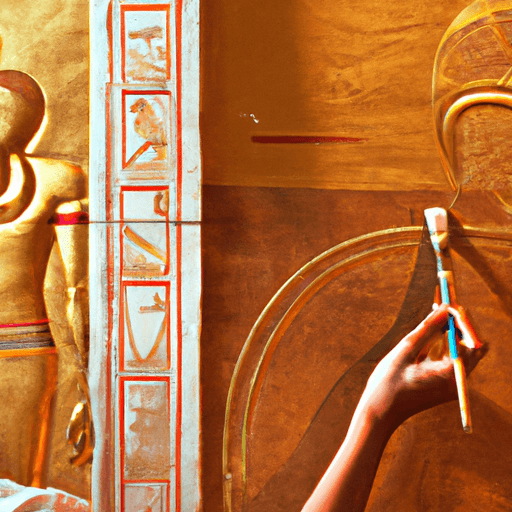The Revival of Ancient Art Techniques in Contemporary Practice
In recent years, there has been a resurgence of interest in ancient art techniques as many contemporary artists turn back to the past. This revival, influenced by an increased curiosity about history and a global perspective, has ushered in an era of artistry marked by a harmonious fusion of the past and present. The resulting artwork is a melting pot of antiquated charm and contemporary expression, creating a unique canvas that speaks volumes about the artist's journey through various ages.
Reasons for the Revival
The reasons for the revival of ancient art techniques are varied and complex. With globalization, artists have greater access to diverse cultures and a better understanding of their histories. This exposure offers a wellspring of inspiration, allowing artists to delve into antiquity for fresh ideas. Additionally, there's a general nostalgia and longing for simpler times, which these ancient techniques embody.
Contemporary Use of Ancient Techniques
The use of ancient techniques in the contemporary world is much more than mere imitation of the old. Artists like Katsuyo Aoki, for example, employ traditional porcelain techniques to create intricate sculptures that transport you to another era, while resonating with the modern audience. Similarly, Georges Rousse, a French artist, embraces the centuries-old trompe-l'oeil technique to create mind-bending optical illusions in photography.
Trend Significance for Art Evolution
This revival is particularly significant for the evolution of art as it represents a synthesis of the old and the new, inviting a deeper conversation about art's progress. By reinterpreting and reimagining ancient techniques in a modern context, artists are not only preserving these techniques but also pushing the boundaries of what is artistically possible, leading to a richer, more diverse artistic landscape.
Implications for Future Artistic Trends
This amalgamation of old and new offers a new perspective on art by demonstrating its timeless appeal and its capacity to evolve and adapt while staying grounded to its roots. By incorporating these ancient techniques, contemporary artists are paving the way for future artists to explore and innovate, thus opening a world of endless possibilities for the art world.
Impacting Perception and Appreciation of Art
The revival of ancient art techniques impacts the perception and appreciation of art by highlighting the depth and complexity of artistic creation. It encourages a deeper engagement with art, as viewers recognize the skills and commitment involved in mastering techniques that date back centuries. It’s a reminder of the enduring value of art and its capacity to transcend time and culture.


















Comments
Leave a Comment